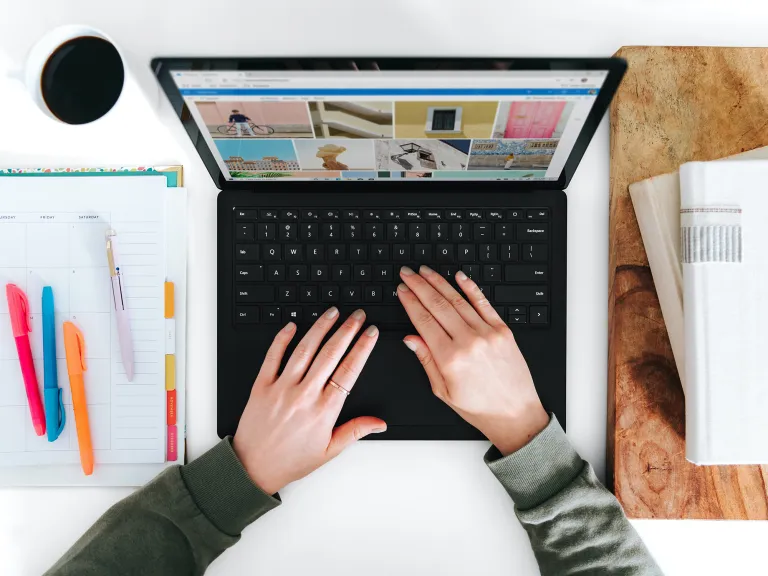Tennis requires strategy, skill, and the proper playing conditions. The selection of a tennis court can have a big influence on your performance, regardless of your level of experience from learning the fundamentals to improving your skills. Your playing style can be enhanced by a tennis court depending on a number of elements, including surface kinds, location, amenities, and upkeep.
We’ll go over all you need to know about choosing the ideal tennis court in this comprehensive guide. We’ll go over the various court surfaces, how they affect gameplay, things to look for when selecting a court, and how to locate the top tennis courts in your area.
The Importance of Choosing the Right Tennis Court
A tennis court affects the game’s pace, the ball’s bounce, and the way players move on the court; it’s more than just a surface for play. While certain surfaces promote endurance and strategic rallies, others are made for aggressive, fast-paced play.
Your ability to adjust can also be enhanced by playing on various court surfaces. Understanding how to modify your game depending on the surface is crucial if you want to improve your skills or play competitively.
Understanding Different Tennis Court Surfaces
Tennis is played on a variety of surfaces, each with its own characteristics. The four main types of tennis courts are hard, clay, grass, and artificial turf. Let’s explore how each surface affects gameplay and which one is best suited for your skill level and playing style.
1. Hard Courts – The Most Popular and Versatile
- Best for: All skill levels, especially beginners and competitive players
- Common tournaments: US Open, Australian Open
- Surface material: Acrylic or concrete with synthetic coatings
Why Choose Hard Courts?
Hard courts provide a balanced playing experience. The bounce is consistent, making it easier for beginners to develop control over their shots. The surface is also durable and requires minimal maintenance, making it a popular choice for public parks, clubs, and professional tournaments.
Impact on Playing Style:
- Encourages a combination of power and control
- Medium to fast pace, depending on the court surface
- Suitable for both baseline players and serve-and-volley strategies
2. Clay Courts – The Ultimate Endurance Test
- Best for: Baseline players who rely on topspin and long rallies
- Common tournaments: French Open
- Surface material: Crushed stone, brick, or shale
Why Choose Clay Courts?
Clay courts slow down the ball, allowing for longer rallies. This makes them ideal for players who prefer strategic gameplay over power. The softer surface also reduces impact on the joints, making it a good choice for players looking to avoid injuries.
Impact on Playing Style:
- Slower ball speed allows for extended rallies
- Encourages players to develop strong defensive skills
- Ideal for players with a heavy topspin game
3. Grass Courts – Fast-Paced and Unpredictable
- Best for: Players with strong serves and quick reflexes
- Common tournaments: Wimbledon
- Surface material: Natural grass over a firm base
Why Choose Grass Courts?
Grass courts are the fastest surface in tennis. The ball skids and stays low, making it harder to return fast serves. However, grass courts require high maintenance and are less common in public facilities.
Impact on Playing Style:
- Favors aggressive, attacking players
- Requires quick movement and adaptability
- Low, fast bounce benefits serve-and-volley tactics
4. Artificial Turf or Carpet Courts – A Controlled Alternative
- Best for: Club players and recreational tennis
- Surface material: Synthetic grass or carpet with sand infill
Why Choose Artificial Turf Courts?
These courts offer a consistent playing experience with moderate speed. They are commonly found in indoor facilities and private clubs.
Impact on Playing Style:
- Offers a medium-paced game
- Provides good traction and shock absorption
- Suitable for both baseline and net players
Factors to Consider When Choosing a Tennis Court
Choosing the right tennis court involves more than just picking a surface. Here are some additional factors to consider:
1. Skill Level and Playing Style
- Beginners: Hard courts are best for learning basic techniques.
- Intermediate Players: Experiment with different surfaces to develop a well-rounded game.
- Advanced Players: Choose a surface that enhances your strengths, such as clay for endurance or grass for aggressive net play.
2. Location and Accessibility
When looking for a place to play, search for tennis courts near me to find the most convenient options. Public parks, recreation centers, and tennis clubs offer courts at various price points.
3. Court Conditions and Maintenance
- Look for well-maintained surfaces to prevent injuries.
- Check for cracks, uneven areas, or poor net conditions before playing.
- Well-kept courts provide better bounce consistency and player safety.
4. Additional Amenities
Some courts offer extra facilities, such as:
- Lighting for evening matches
- Locker rooms and showers for post-game comfort
- On-site coaching for those looking to improve their game
How to Find the Best Tennis Court Near You
Now that you know what to look for in a tennis court, how do you find the best one near you? Here are some tips:
1. Use Online Resources
Several websites and apps help you find nearby tennis courts:
- USTA Tennis Court Finder– Lists courts across the U.S.
- Global Tennis Network – Provides court details, including surface type and lighting availability.
- Playyourcourt – PlayYourCourt is an excellent platform that connects tennis players with local coaches and court bookings, making it easier to improve your game and find the perfect spot to play
- TennisMaps – Uses satellite images to locate courts near you.
2. Visit Local Parks and Recreation Centers
Public parks often have free or low-cost tennis courts. Check with your city’s recreation department for availability.
3. Join a Tennis Club
Private clubs offer well-maintained courts, coaching programs, and exclusive events. While they require membership fees, they provide excellent facilities and a community of players.
4. Ask Other Tennis Players
Local players can recommend the best courts based on factors like maintenance, crowd levels, and accessibility.
Maximizing Your Tennis Court Experience
Once you’ve found the perfect court, here’s how to make the most of your time on the court:
1. Play on Different Surfaces
To become a well-rounded player, practice on hard, clay, and grass courts. Each surface will challenge different aspects of your game.
2. Train for Surface-Specific Strategies
- On hard courts, focus on power and accuracy.
- On clay courts, develop patience and endurance.
- On grass courts, practice quick reflexes and serve placement.
3. Take Advantage of Coaching and Drills
Many tennis clubs and recreation centers offer coaching programs. If you’re serious about improving your game, professional coaching can help refine your technique.
4. Schedule Your Playtime Wisely
- Play early in the morning or late in the evening to avoid extreme heat.
- Book courts in advance at popular locations.
Conclusion
Selecting the ideal tennis court can help you become a better player, increase your skill level, and enjoy playing. Knowing what to look for will help you select the ideal court for your requirements, whether you prefer the endurance struggle of clay courts or the fast-paced action of grass courts. If you’re wondering where to play, searching for tennis courts near me can lead you to convenient options that match your preferences and location, making it easier to get started and improve your game.



